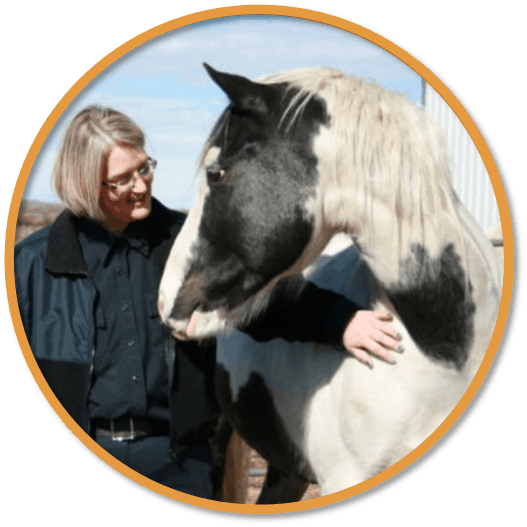The Human-Animal Bond
What is the Human-Animal Bond?
The human-animal bond is a mutually beneficial relationship between people and animals. While this connection has existed for thousands of years, it has evolved over time. Historically, humans and animals formed working relationships; animals offered protection and service, while humans provided food and shelter.
Today, pets are often seen as important members of the family as they contribute to the emotional, social, and developmental well-being of both children and adults.

Positive Impact of the Human Animal-Bond

Emotional Well-being
Pets can offer comfort and emotional support to children, contributing to their emotional development. While pets may not share our language, young people often perceive them to be forgiving and non-judgmental sources of support and companionship. Pets can provide comfort to both children and adults, especially in stressful, difficult or traumatic times.
Caring for a pet can also provide a child a sense of responsibility and importance. Successfully meeting a pet’s needs can build confidence, competence, and a sense of achievement – elements that can be vital to a child’s development.
Improved Social Behaviours
Attachment to pets can also improve social behaviours in young people by teaching them empathy, social competence, communication, kindness, affection, and responsibility. Research has suggested that by learning how to understand an animal’s intentions and needs, often through the interpretation of non-verbal cues, children become more capable of expressing and understanding their own emotions as well as those of others.
This learning experience fosters emotional intelligence, which can lead to more positive social interactions.
The Impact of Pet Loss on the Human-Animal Bond
Research shows that children may form strong bonds with their pets. In fact, these bonds can be even stronger than those they have with their own siblings. Pets often play a central role in a child’s world, serving as a source of comfort, stability and love.
Because of this, pet loss or if a pet is a victim of animal cruelty can be especially painful.
Understanding Pet Loss
A child will likely experience the loss of their pet in some form during their lifetime. This loss can occur due to different reasons, such as natural death, forced separation, or a pet running away. The grief that follows may vary depending on factors such as the level of attachment, and the circumstances of the loss.
- The stronger the bond between the child and their pet, the harder it may be for the child to let their pet go. The loss of a pet can be a traumatizing experience for children who consider their pets as their only source of support and affection.
- Ambiguous loss, such as a pet running away when a disaster strikes, may complicate grief, leading to confusion, unresolved guilt, blame, and anger.
- Forced separation from their pet may also make it more difficult for them to accept their loss.
No matter how the loss occurred, it is important that the child’s feelings are acknowledged and validated by friends, family, and teachers who are able to take the time to listen.
The loss of a pet may also interfere with the child’s performance in school. Teachers are encouraged to model compassion (such as letting the child know it’s OK they’re feeling this way), report any behavioural changes to the school counselor and the child’s parents, and help the child express their feelings through healthy mediums.


Learn more about the human-animal bond
and what teachers can do to understand it and support it:




